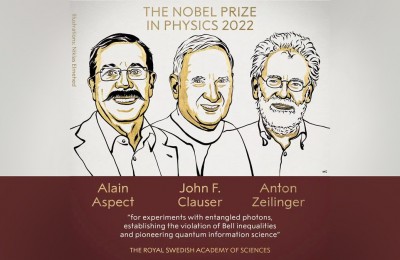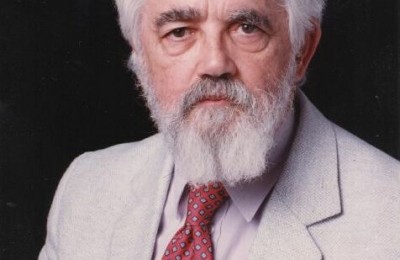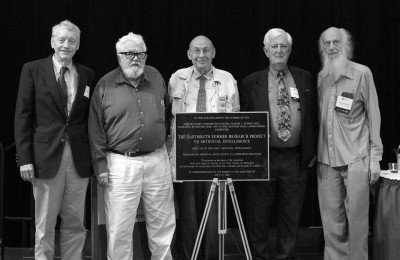SOComputing Published 2020-11-02 23:45:42
Floquet-engineered quantum walks
Toshiyuki Fujii & Noriyuki Hatakenaka, Haruna Katayama
Abstract
The quantum walk is the quantum-mechanical analogue of the classical random walk, which offers an advanced tool for both simulating highly complex quantum systems and building quantum algorithms in a wide range of research areas. One prominent application is in computational models capable of performing any quantum computation, in which precisely controlled state transfer is required. It is, however, generally difficult to control the behavior of quantum walks due to stochastic processes. Here we unveil the walking mechanism based on its particle-wave duality and then present tailoring quantum walks using the walking mechanism (Floquet oscillations) under designed time-dependent coins, to manipulate the desired state on demand, as in universal quantum computation primitives. Our results open the path towards control of quantum walks.
Introduction
The random walk1 is a fundamental concept that has been used to describe a variety of systems with inevitable stochastic processes2,3. A classical walker moves one step to the left or one step to the right depending on the outcome of a coin toss. After many coin tosses, the walker’s position is random, but is most likely to be close to the start point. In contrast, a walker in a quantum world4,5 simultaneously travels in both directions, behaving as a quantum wave, forming a coherent superposition of left and right that occupies more than one location at any given time. In addition, quantum interference effects between the possible trajectories of the walker also contribute to modify the resulting dynamics substantially such as delocalization over many steps. Thus, the wave nature of the walker in the particle-wave duality is important for its walking behavior.
The unique features emerging from the wave nature of the quantum walk (e.g., fast spreading6,7) have been predominantly applied to quantum search algorithms8,9,10 in quantum information sciences. Recently, quantum walks have been shown to be universal computational primitives in quantum computation, i.e., any quantum algorithm can be reconstructed as a quantum walk algorithm11,12. Therefore, precise control of quantum state transfer between arbitrary distant sites is critical for quantum information processing13,14,15,16. It is, however, not easy to manipulate quantum states using quantum walks due to their essentially random nature17,18,19. In addition, the walking mechanism in the wave picture is less obvious than that in the particle picture, where the walker shifts its position depending on the coin.
One possible approach to find the walking mechanism in the wave picture for controlling quantum walks might be to manipulate the coin transformation which would then allow us to drive walk evolution in a desired manner. Initially, a space-dependent coin was introduced in the quantum walk20. Later, a quantum walk with time-dependent coins was studied21,22,23,24,25. The resulting probability distribution for the quantum walk changed significantly. This implies that coin transformation is certainly involved in the walking mechanism and explicitly designing the sequence of coin transformations could lead to a desired state transfer.
Results
https://www.nature.com/articles/s41598-020-74418-w
Scientific Reports volume 10, Article number: 17544 (2020)




